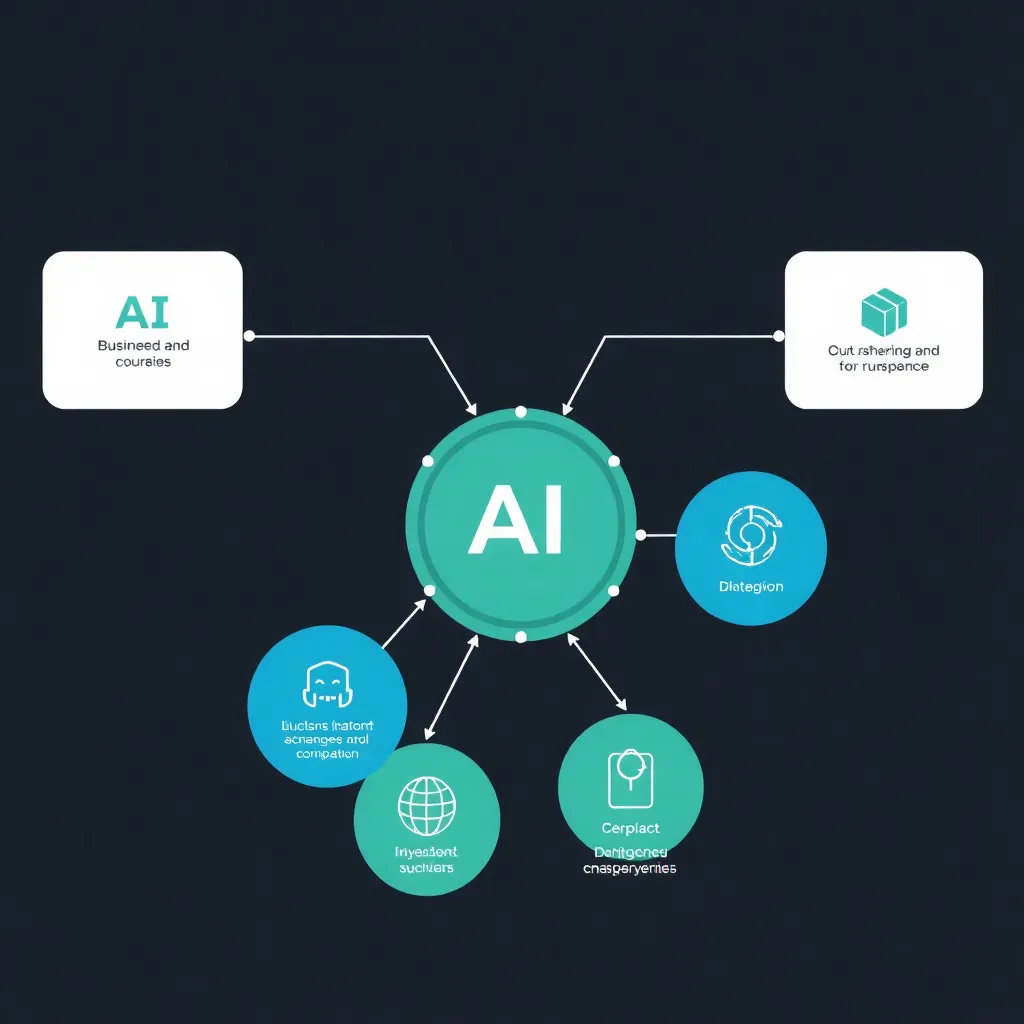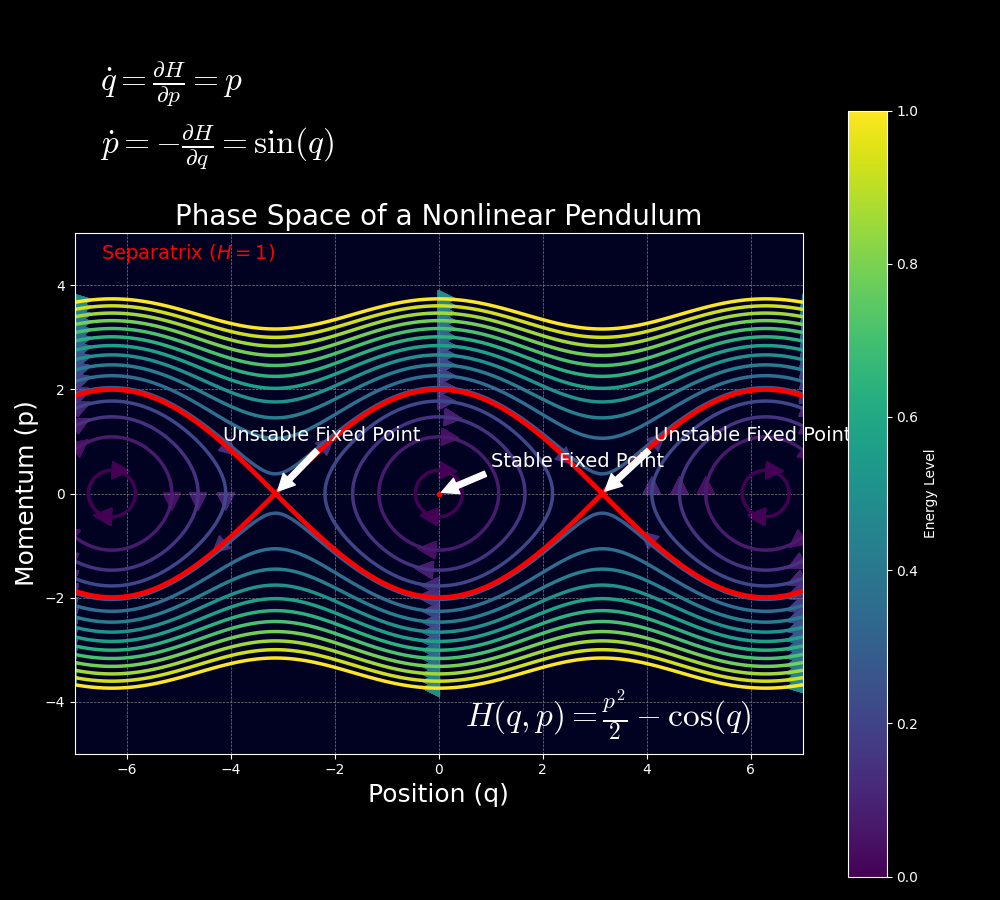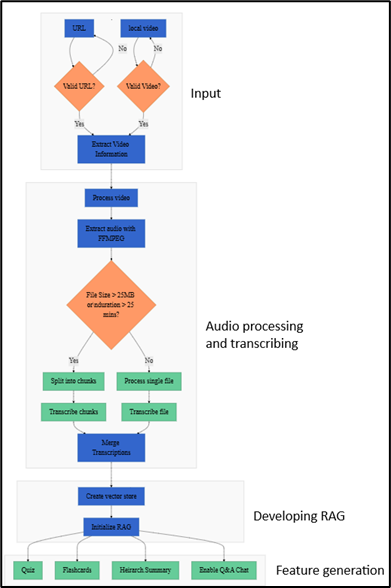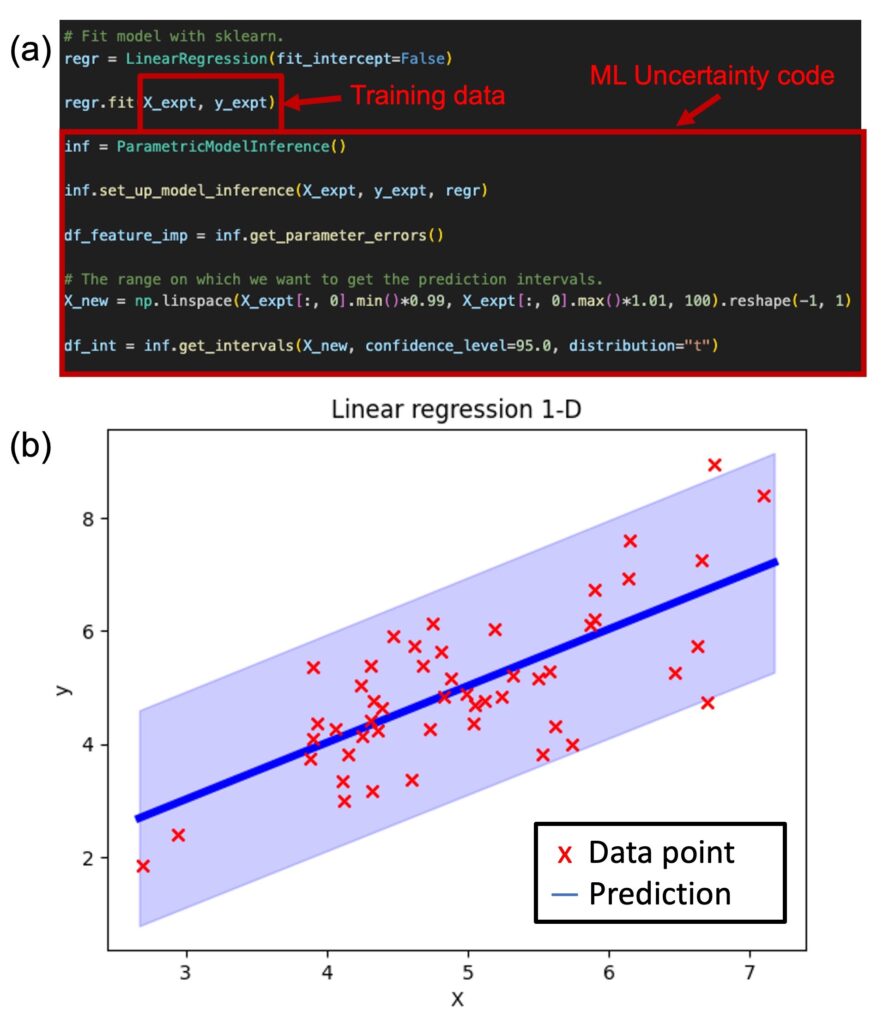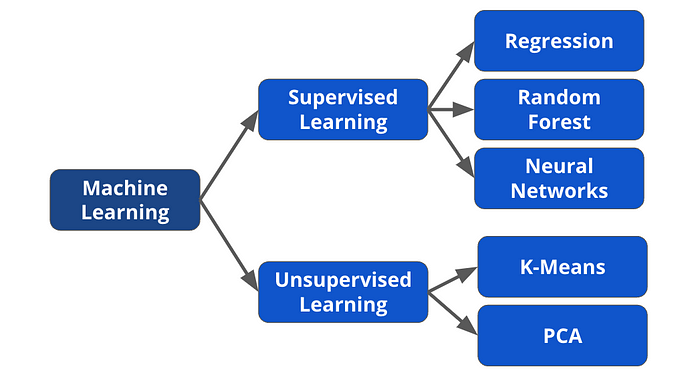From Physics to Probability: Hamiltonian Mechanics for Generative Modeling and MCMC
Phase space of a nonlinear pendulum. Photo by the author. Hamiltonian mechanics is a way to describe how physical systems, like planets or pendulums, move over time, focusing on energy rather than just forces. By reframing complex dynamics through energy lenses, this 19th-century physics framework now powers cutting-edge generative AI. It uses generalized coordinates ( […]
From Physics to Probability: Hamiltonian Mechanics for Generative Modeling and MCMC Read More »
